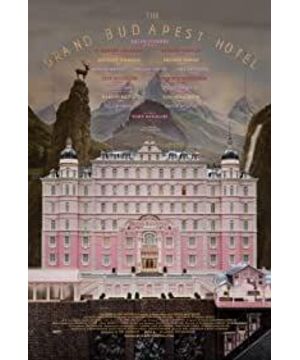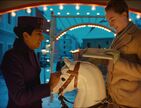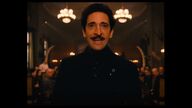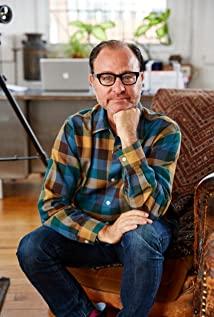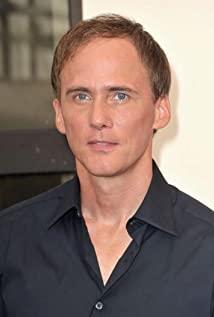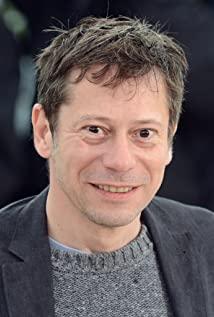First of all, Anderson boldly uses symmetrical composition, emphasizing the balance of the picture. Symmetrical composition has been pursued to the extreme by him, and if you press the pause button, it is a balanced and symmetrical composition. If this composition method is not used properly, the audience will have a very dull viewing experience. But the director uses a lot of fixed camera positions to let the characters perform in front of the camera, making the audience feel like they are enjoying a stage play. Anderson is very particular about the picture, it can be said that he is very particular about the picture. Experienced photographers often tell novices to "pay attention to the corners and borders", because the details are the most visible to the photographer. It can be said that Anderson has done an impeccable job at this point.
Second, the people shots are very contemporary. Contemporary photography pays attention to the dialogue between the viewer and the photographic work, and the photographer only asks questions but does not give answers. In The Grand Budapest Hotel, many characters are arranged by the director to be expressionless in front of the screen. If the plot aside, the ambiguity, estrangement, loneliness, etc. of the characters will make the viewers cannot help but ponder and guess from the still images, so that the picture does not have only one interpretation, but has multiple interpretations. Export, this is a typical contemporary portrait photography "did photo" style of shooting.
Again, use colors to express and render the creator's emotions and opinions. The strong, fairytale-like colors of the Budapest restaurants in the 1930s, the dark streets, the icy prison tones, and the nostalgic dim yellow of the 1960s. These colors intuitively express the director's emotions - nostalgia for the golden age of Europe, fear of killers, the coldness of the prison environment and so on. Intuitively expressing inner emotions through color is also a commonly used method in contemporary photography.
Third, the use of artificial background in the studio. The technology of film has entered the new century, and the technology of digital green screen has been very mature. The widespread use of these technologies creates realistic visual effects, but also brings the technology of film into a new era, making the film industry more and more industrialized and fast-food. But Wes Anderson in "The Grand Budapest Hotel" insists on traditional craftsmanship, builds a studio, and returns the film to the era of craftsmen. Especially the first few mountain scenes, deliberately let the viewer see that this is an artificial background. Using artificial backgrounds and deliberately revealing flaws to create dramatic image effects is also a common method in contemporary photography.
Fourth, the use of different frames to represent different eras makes the four-layer structure of the film interlocked, and the structure of the play within the play is clearer.
View more about The Grand Budapest Hotel reviews


